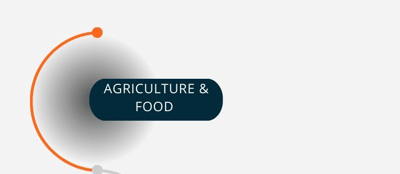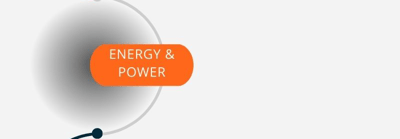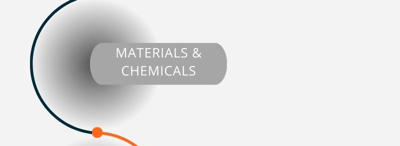Executive Summary: Emerging Innovation Likely to Fill Market Gaps Not Covered by Incumbents
More efficient electrolyzers without reliance on critical minerals will challenge incumbents in second half of the decade
- Incumbent technologies – alkaline and proton exchange membrane (PEM) have relatively low efficiencies (58%-75%), and face potential supply chain constraints (nickel, iridium)
- The Inflation Reduction Act (IRA) in the U.S. has accelerated the development of electrolyzer infrastructure, with incumbents building gigafactories to scale up their choice of electrolyzer technology, regardless of their performance, to lock in tax credits
- While more commercially mature technologies, AEL and PEM dominate the market today, with innovation mostly focused on improving the efficiency of the stack and balance of plant (BoP) as well as cutting out/reducing platinum group metals:
- AEL: Developing thinner membranes and reducing cross contamination on the electrolyzer stacks, minimizing balance of plant needs
- PEM: Optimization of membrane thickness to reduce electricity costs, reducing dependency on precious metals
- SOEC: Cutting out deoxygenation units and increasing temperature
- AEL: Developing thinner membranes and reducing cross contamination on the electrolyzer stacks, minimizing balance of plant needs
- Different offtake agreements, such as hydrogen purchase agreements (HPA) and hydrogen service agreements (HSA), will help make projects bankable
- New end use cases, such as heavy-duty trucking, are emerging
- Over the next five years, the electrolyzer market will be dominated by the incumbents and corporates who are likely to win the race to the $1/kg hydrogen price point, but further out, the market will be disrupted by innovators who can offer better efficiencies and streamlined systems









